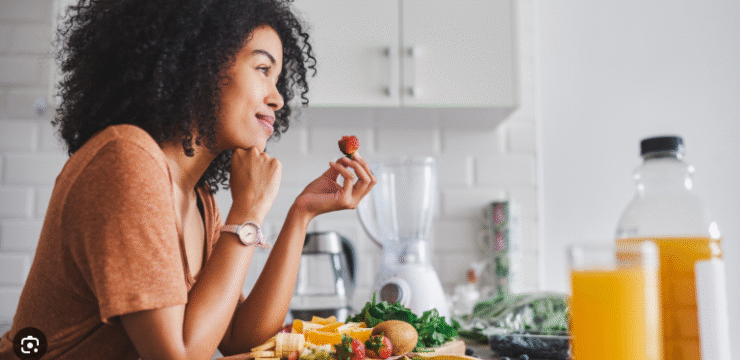1. High-Fiber Vegetables
Vegetables like broccoli, spinach, and zucchini are rich in fiber and low in starch. Fiber slows digestion, helping to keep blood sugar steady and energy levels stable.
2. Whole Grains
Unlike refined carbs, whole grains such as oats, quinoa, and barley digest more slowly. This helps prevent sharp spikes and drops in blood sugar while keeping you full longer.
3. Lean Proteins
Foods like fish, eggs, beans, and skinless poultry don’t raise blood sugar quickly and add satiety to meals. Protein also helps reduce cravings by balancing macronutrient intake.
4. Healthy Fats
Avocados, olive oil, nuts, and seeds contain unsaturated fats that slow down the absorption of sugar into the bloodstream. Including small amounts of healthy fats makes meals more balanced.
5. Low-Glycemic Fruits
Berries, apples, and citrus fruits are naturally sweet but have a lower glycemic impact compared to refined sweets. Their fiber helps regulate how sugar is absorbed.
6. Legumes
Chickpeas, lentils, and black beans are rich in both protein and fiber. These nutrients help stabilize blood sugar and provide lasting energy.
Tips for Using Food to Support Blood Sugar Balance
- Combine protein, healthy fat, and fiber in each meal.
- Limit heavily processed foods that cause rapid blood sugar changes.
- Choose whole, minimally processed options for sustained energy.
- Practice mindful eating and portion control for long-term results.






